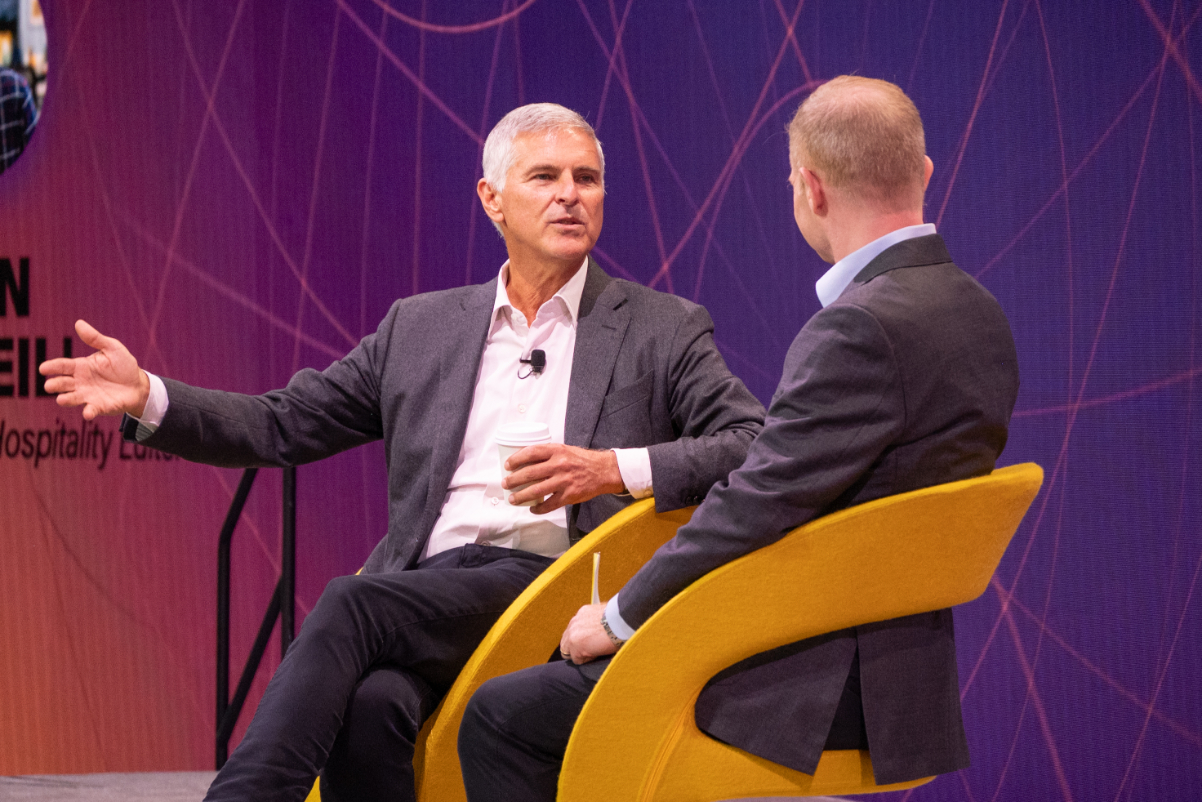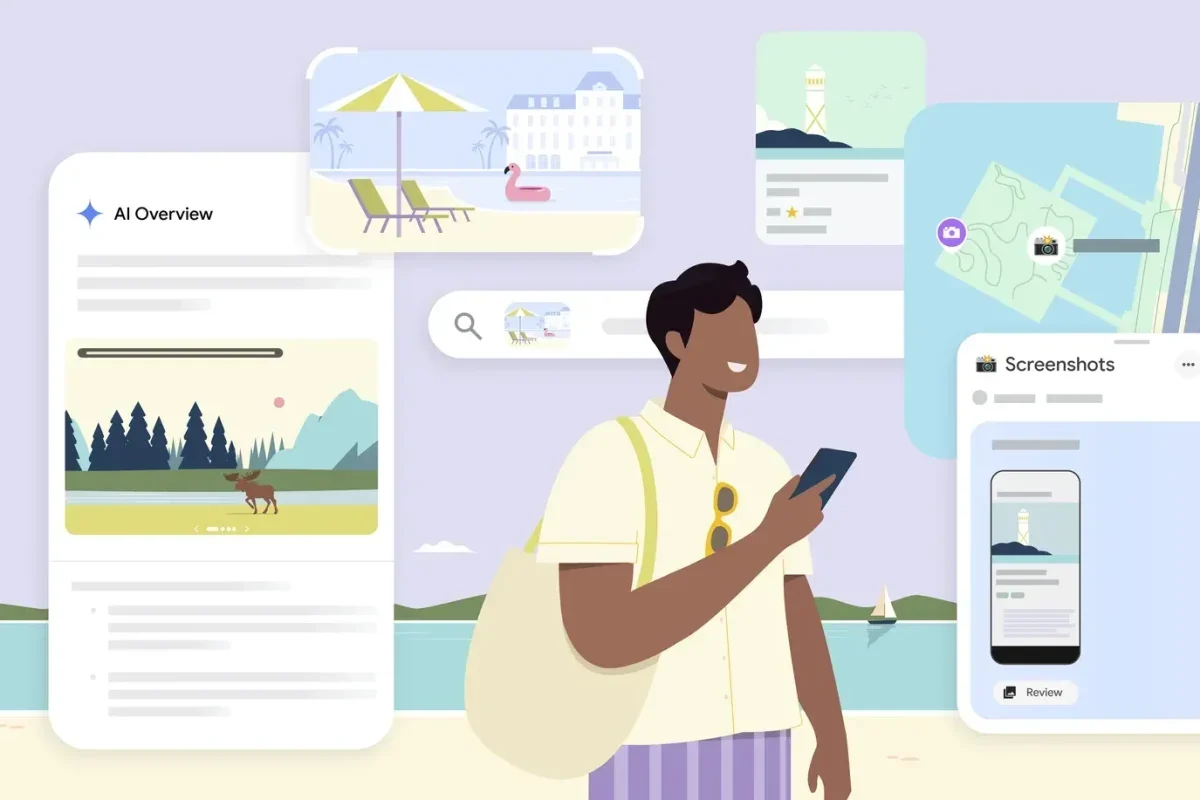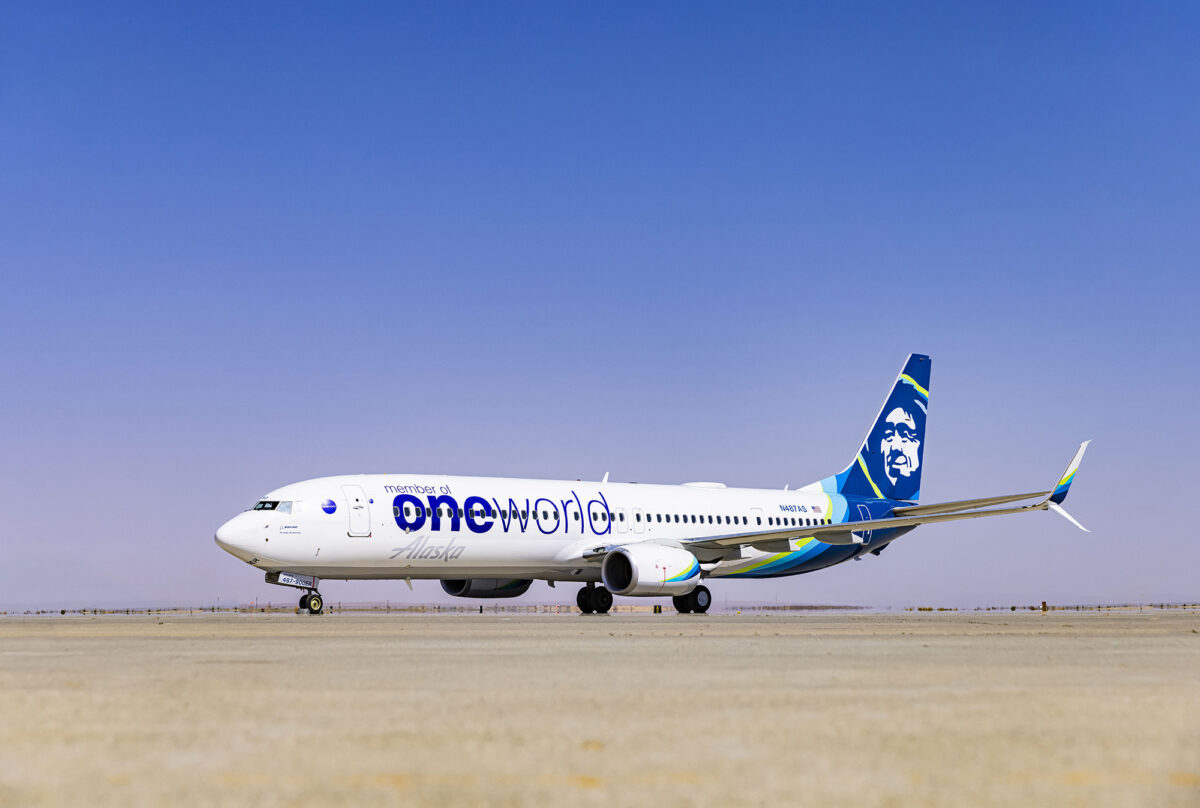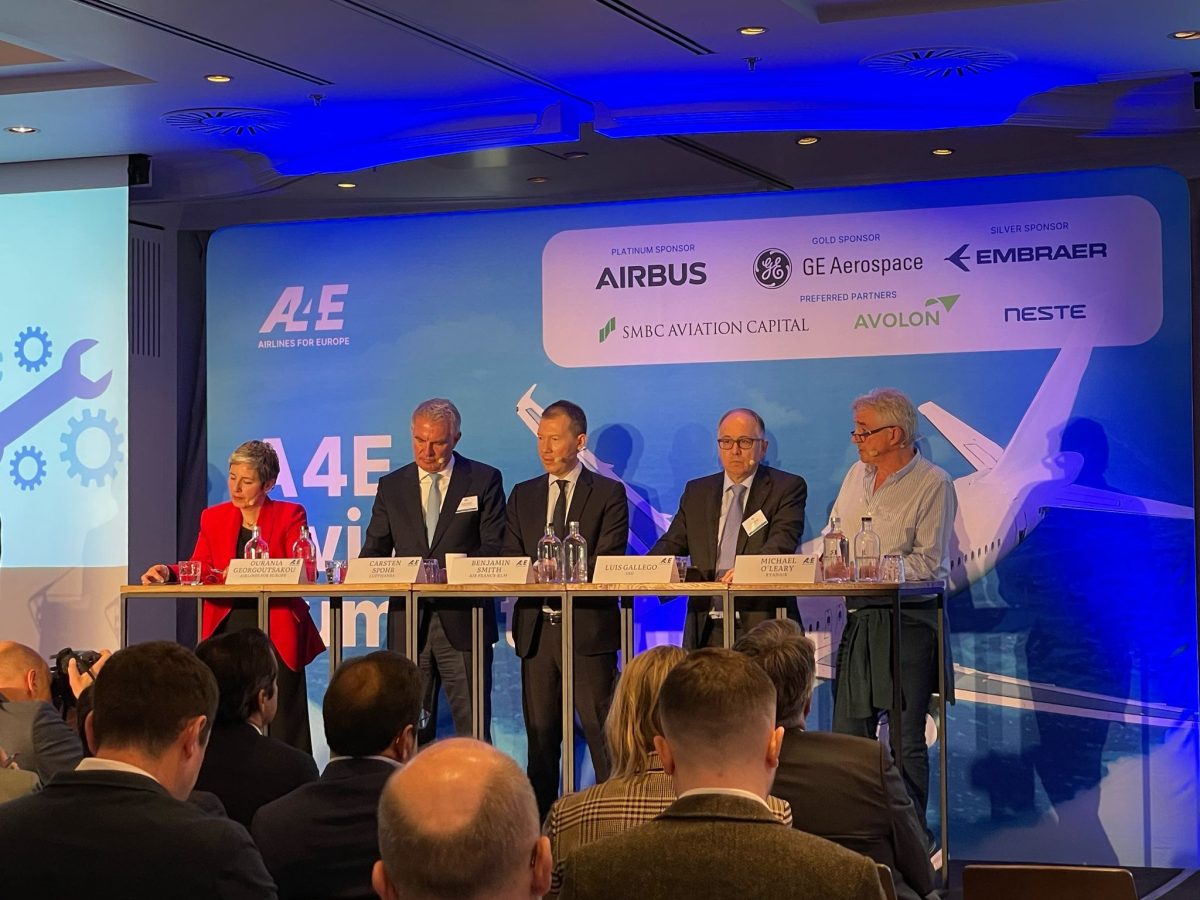Travel Marketing Poised for Reboot From Generative AI

Skift Take
Imagine being able to create travel marketing campaigns, social media posts, and television ads in a matter of seconds with the click of a button.
That is exactly where the travel marketing industry is headed, and soon, as the latest developments in artificial intelligence (AI) prove that computers can encroach into something that has been seen as distinctly human: creativity.
Computers creating market campaigns and assets is just the first step. Experts believe that one day, travelers could walk through an airport or fly in an airplane designed by AI.
The specific subset is called generative AI. While AI historically has been about using existing datasets to draw conclusions and make predictions, this is a fundamentally new development that can generate a new, unique product based on specific rules it’s given.
“This is what has set the world on fire in 2022 because it feels as though AI now is encroaching on something we felt was uniquely human and was never going to be touched by machine intelligence, which is creativity. The ability to create. That is something fundamentally new,” said analyst and author David Mattin in a Skift podcast episode in December. Mattin has been diving into generative AI in his tech and trends newsletter New World Same Humans.
The global generative AI market was worth $7.9 billion in 2021 and is projected to reach $110.8 billion by 2030, according to a report in late 2022 by India-based Acumen Research and Consulting.
What It Means for Travel Marketing
Talk of this phenomenon has blown up just in the past couple of years, particularly in late 2022 when the company OpenAI released a chatbot, ChatGPT, powered by the latest available generative AI technology. OpenAI is a San Francisco-based AI research lab founded in 2015 with $1 billion from former Y Combinator president Sam Altman, Elon Musk, and others. Microsoft invested $1 billion in the company in 2019.
The chatbot itself, when prompted, said generative AI has a number of implications in the travel industry: personalized travel recommendations and itineraries, virtual simulated tours of real-life places, improvement of travel-related search engine results, and generating content for travel websites.
In travel marketing, it could generate personalized advertisements, predict customer behavior to inform the best marketing strategies for targeted demographics, and provide personalized customer service.
Marketing agencies are experimenting now with AI software platforms dedicated to generating marketing copy and marketing campaign ideas, as well as marketing campaign assets and images. Google is working on its own technology that uses text prompts to generate art and video as well as edit images. Ultimately, innovators want to be able to generate a number of things, like Powerpoint presentations and even music, starting with a text prompt.
Jasper — which raised $125 million at a $1.5 billion valuation in October 2022 — is one of the best known companies using generative AI specifically for blog posts, social media content, and marketing copy. The company’s website says it can complete original marketing 10 times faster than a human in 26 languages.
The U.S.-based startup Copy.ai, which has raised $13.9 million so far, is focused on the same market segment.
Long term, that likely will transform the marketing creative director role into more of an orchestrator of this technology. There’s already an effort toward perfecting the skills it takes to develop the specific prompts for these machines that yield the best results. That’s likely where the focus of the workforce is headed.
“It will be about the people who can whisper to these models most effectively, who can prompt these models most effectively and then iterate the outputs most effectively to come to the best outcome, because that is a huge skill in itself,” Mattin said.
How It Works in a Nutshell
Generative AI is based on what’s known as a transformer model, essentially a new kind of artificial neural network that spots patterns in data where the sequence of the elements is important. For example, the words in a sentence.
In creating a sentence, the software uses an incredibly complex statistical analysis to make a decision on what the next word most likely would be. The AI is “trained” with a significant amount of all the writing humans have ever created, so the computer is able to leverage that data to create something new based on what humans tend to say in those circumstances.
Google engineers released the first paper about transformer models in 2017. It has implications for various industries.
DeepMind Technologies, owned by Google’s parent company, used the transformer model to decipher the structure of virtually every protein known to science — 200 million of them — paving the way for massive advances in life sciences.
Besides ChatGPT, OpenAI owns Codex, which translates natural language to computer code, and DALL-E 2, which creates a wide variety of realistic images and art based on user prompts.
The Future of Generative AI in Travel
Marketing is likely the sector that will see the most immediate change from this technology, but that’s only the beginning. There are already lawsuits challenging the way information was sourced to train generative AI models, but progress is inevitable.
Generating a travel itinerary is already something ChatGPT can do, the first step to what could overhaul the operations of travel agencies. A request to ChatGPT in mid-December for a weeklong visit to New York City focused on modern art resulted in a list of seven days packed with some of the best places for modern art museums and galleries, theater and music performances, and relevant drink venues.
It could also be used for hotel distribution and the design of airports, hotels, aircrafts, and more. There are already several platforms that exist for interior design, and there are experiments happening now to explore how AI can be used to develop architecture drawings.
Long term, experts believe that common ultra-personalized devices powered by generative AI could guide travelers — and everyone else — based on their unique interests.
“Every brand, travel industry or not, needs to think about that world and how they live in it,” Mattin said.




